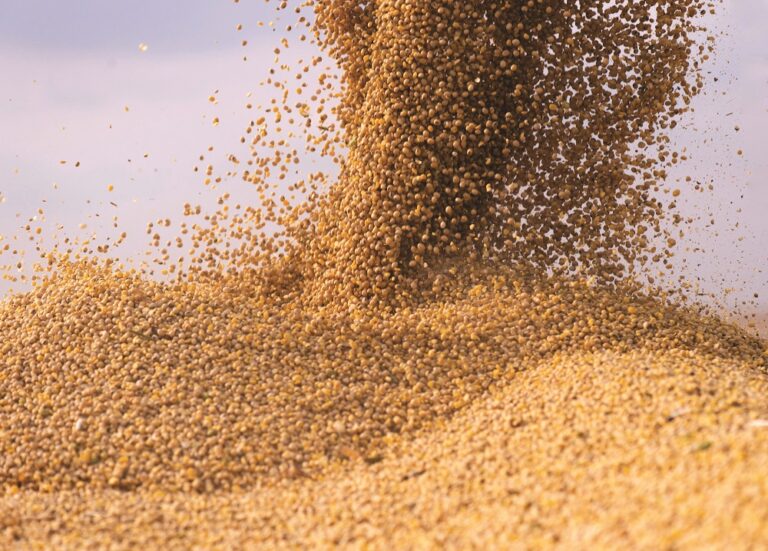dsm-firmenich has released its latest World Mycotoxin Survey, offering the most comprehensive global assessment of mycotoxin prevalence and risk to date. Covering data from January to September 2025, the report analysed 19,051 samples and conducted 105,079 individual analyses across more than 85 countries, providing crucial insights for the feed, animal nutrition, and food safety sectors.
The Q3 report highlights increasing global contamination levels, widespread co-occurrence of toxins, and evolving regional risk profiles. “The 2025 results reveal a worrying escalation in both mycotoxin prevalence and co-contamination worldwide,” said Ursula Hofstetter, head of mycotoxin risk management at dsm-firmenich. “With over 80% of samples containing multiple toxins, the risks to animal health, productivity, and welfare are intensifying. These insights reinforce the urgent need for continuous monitoring, advanced detection, and effective mitigation strategies to protect livestock and ensure a safe global food supply chain.”
Within Europe, central regions reported Deoxynivalenol (DON) in 76% of samples, whereas southern Europe faced notable threats from aflatoxins (44%) and ZEN (60%). Collectively, the findings reveal widespread and region-specific contamination patterns that highlight an intensifying global challenge for feed safety.
Conducted annually since 2004, the survey monitors contamination in feed ingredients globally. Mycotoxins – naturally occurring toxins produced by fungi – can develop during crop growth or storage and pose serious health threats to animals.


